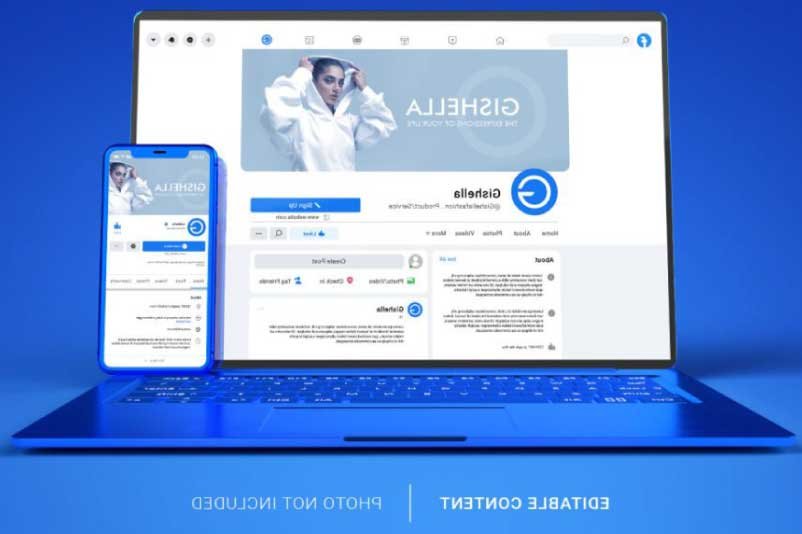
How to optimize a web page: 5 fundamental tips

Optimize your website with these tips
In today’s business landscape, online presence has become vital for the growth of any startup or small and medium-sized enterprise (SME). It is not enough to have a website; it is essential to optimize it to increase the chances of users finding your products or services in the vastness of the web.
In this article, we will explore in depth five fundamental tips on how to optimize a website. These are practices that don’t require advanced programming skills, but can take your SME or startup to the next level in the competitive digital world.
1. Increases loading speed
A slow website is doomed to be forgotten by search engines. The loading speed not only improves the user experience, but it is also crucial for a better positioning in search rankings. Optimizing the speed of your website does not necessarily imply deep programming knowledge; there are simple but effective actions that you can implement, such as:
- Image Optimization: Make sure images are no larger than 100KB. Use image compression tools to maintain quality without sacrificing speed.
- Plugin Management: Use only essential plugins and remove those that do not add value. Unnecessary plugins can slow down page loading.
- Remove inactive pages: If there are pages on your site that do not receive traffic or serve a clear purpose, consider removing them. This contributes to a cleaner and faster user experience.
By following these simple steps, you will significantly improve the loading speed of your website, ensuring an optimal browsing experience for your visitors.
2. Feed your web site with updated information
A well-fed website with valuable content is critical. Keeping your site updated with relevant information not only improves search engine rankings, but also encourages visitor engagement and reduces bounce rate. Some points to consider are:
- Call to Action Buttons: Make sure you have eye-catching, easy-to-see buttons that guide visitors to specific actions.
- Continuous Updating: Keep your blog and product or service sections updated. Fresh content is crucial to retain the interest of visitors.
- Updated Contact Information: Verify that contact information, such as phone numbers and e-mail addresses, is always up to date.

3. Your website must inspire confidence
When a user visits your website, it is essential to convey trust from the very first moment. Here are some key strategies:
- SSL Security Certificate: Make sure your website is secured with an SSL certificate. This is reflected in the address bar with “https” and conveys confidence to visitors.
- Information about your company: Dedicate a section of your website to talk about who you are as a person or company. Explain why they should trust you to make a purchase.
- Authentic testimonials: Include testimonials from satisfied customers. These can be in the form of videos, written stories or quotes that support the quality of your products or services.
- Regulatory compliance: Show certifications and regulatory compliance relevant to your industry. This adds credibility to your brand.
- Clear policies: Make sure your website includes privacy policy pages, terms and conditions, as well as a clear cookie policy. This demonstrates transparency and commitment to best practices.
4. Place your website URL in blogs and pages
An effective and often underestimated strategy to improve your website’s visibility is to establish strategic partnerships. Placing your website URL on blogs and related pages not only broadens your reach, but also generates valuable referrals. Here are some recommendations for implementing this strategy:
- Selective Search: Research and communicate with webmasters of websites related to your business. Look for sites that share similar target audiences.
- Effective Communication: When contacting webmasters, be sure to present a clear proposal and mutual benefits. Effective communication is key to establishing successful partnerships.
- Variety in Alliances: Look for websites that address different aspects related to your industry. This will provide diversity in referrals and expand your online presence.

5. Counteract bounce rate
The bounce rate, which occurs when a user leaves your website in a short period of time, can be a challenge. Counteracting this metric involves actions that retain visitors’ attention for longer, and this is done by:
- Organization of information: Structure your website so that information is categorized and easy to navigate. This is especially important if you have an online store or many articles in a blog.
- Mobile adaptability: Make sure your website is fully responsive for mobile devices. Given that approximately 70% of Internet users browse through mobile devices, adaptability is essential.
- Visual update: Keep images up to date and of high quality. Visuals are as crucial as written content.
- Instant messaging buttons: Include call-to-action buttons for instant messaging (WhatsApp, Telegram, etc.). Facilitates direct communication with visitors.
It is important to note that there are more strategies you can implement to counteract the bounce rate, but these recommendations offer a starting point without requiring advanced knowledge of programming or web design.
CONCLUSION
Optimizing your website is not only essential, but also an ongoing process. Google and other search engines value speed, relevant content and reliability. By implementing these strategies and staying on top of changing digital trends, you will be better positioned to stand out in the vast digital world.
Remember, constant improvement and adaptability are key in the ever-evolving digital world. The better optimized your website is, the better your chances of ranking high in search results and attracting your target audience.




